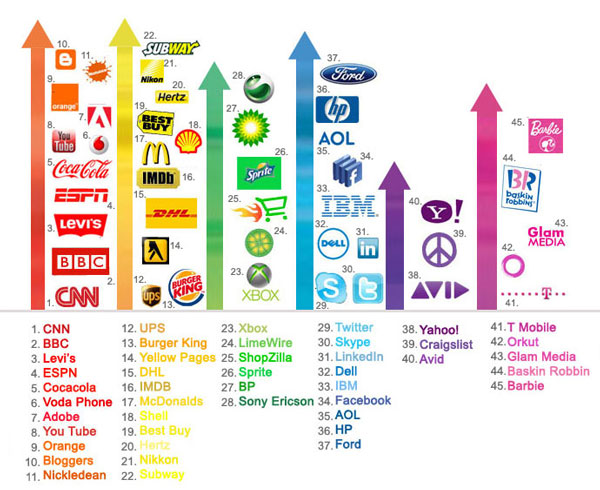UI/UX and SEO: how do they influence each other?

Modern websites require the integration of both user experience (UX) and search engine optimization (SEO). The interaction between these two elements plays a crucial role in the success of online projects. In this article, we will explore how UX influences SEO and the principles of creating an SEO-friendly interface.
The Relationship Between UX and SEO
SEO and UX are often considered separate disciplines, but they are closely intertwined. The main goal of both areas is to improve the user experience, make the site more accessible and user-friendly, and enhance its visibility in search engines. Here's how UX impacts SEO:
- User Behavior: Search engines like Google take user behavior into account when ranking sites. If users quickly leave a site (high bounce rate) or spend little time on it, this can negatively affect the site's position in search results.
- Mobile Adaptation: Ease of use on mobile devices is a key ranking factor. Google uses Mobile-First Indexing, which means that the mobile version of your site is the primary one for indexing and ranking.
- Page Load Speed: Fast page loading improves user experience and positively impacts SEO. Slow sites receive lower positions in search results.
- Site Navigation and Structure: A convenient and logical site structure helps search engines better index pages and users find the necessary information faster.
Principles of Creating an SEO-Friendly Interface
To create an interface optimized for both users and search engines, follow these principles:
Improving Site Load Speed: Page load speed is critical for both UX and SEO. To improve load speed, take the following actions:
- Optimize images (use formats like WebP, compress images).
- Use browser caching.
- Minimize CSS and JavaScript files.
- Use a Content Delivery Network (CDN).
Mobile Adaptation: Ensure a responsive design so your site looks and works well on all devices. This includes:
- Using CSS media queries to adapt content.
- Ensuring buttons and links are large enough to be tapped with a finger.
- Checking the mobile version of the site using tools like Google Mobile-Friendly Test.
Convenient Navigation and Site Structure: Create a logical site structure with simple navigation:
- Use clear and descriptive menu names.
- Add a sitemap (sitemap.xml) for search engines.
- Use breadcrumbs to improve navigation.
Quality Content: Creating useful and high-quality content is key to success in both SEO and UX:
- Write informative and relevant articles.
- Use headings and subheadings to structure content.
- Include keywords naturally, avoiding keyword stuffing.
Internal and External Links: Links help improve SEO and navigation:
- Include internal links to related pages on your site.
- Use external links to authoritative resources to verify information.
- Ensure all links work and do not lead to 404 errors.
Clean and Semantic HTML: Using semantic HTML tags helps search engines better understand the structure and content of your site:
- Use heading tags (h1, h2, h3, etc.) to structure content.
- Apply tags like
<article>,<section>,<nav>, and other semantic elements to improve content perception.
Optimization for Voice Search: With the growing popularity of voice search, it's important to consider this aspect when developing UX and SEO:
- Use more natural and conversational key phrases.
- Add frequently asked questions (FAQs) and their answers.
Accessibility: Ensuring the site is accessible to all users, including those with disabilities, is important for both UX and SEO:
- Use alt attributes to describe images.
- Ensure text and background contrast.
- Make sure the site is navigable using a keyboard.
Integrating UX and SEO is key to creating a successful website. By following the above principles, you can improve the user experience, make the site more accessible and user-friendly, and increase its visibility in search engines. Thus, UX and SEO work together to achieve the common goal of creating an effective and useful site for all users.


















































